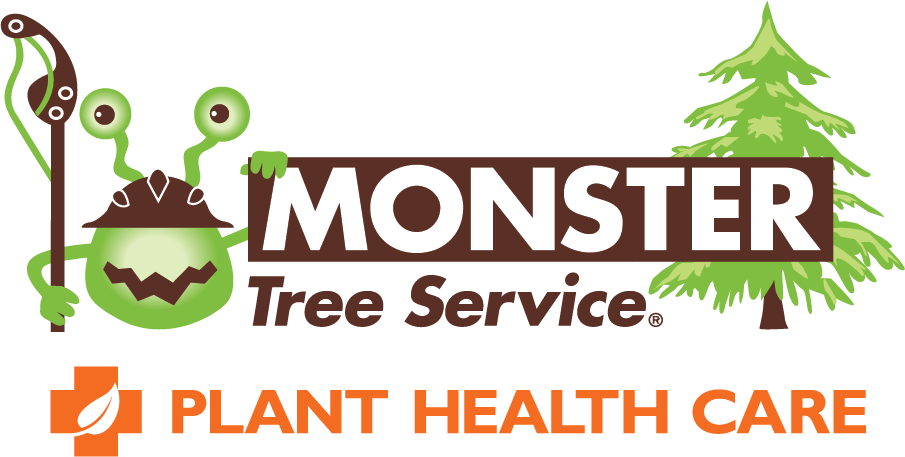
All Things Boxwood, A Pest Alert!
Boxwoods are a beloved shrub that is found in landscapes all around Rochester. Common boxwoods are prized for their evergreen foliage, versatile uses, and the beauty they bring to any garden or landscape. At Monster Tree Service, we love working with boxwoods and helping our clients understand how to care for them to ensure their health and vitality.

Boxwoods can make an ideal shrub for walkways and paths.
Boxwoods are relatively low-maintenance plants, but they still need some care to thrive. Here are some tips for keeping your boxwoods happy and healthy:
Location: When planting boxwoods, it's essential to choose a location that provides adequate sun, air circulation, and drainage. Avoid planting them too close to your house or other structures as this can lead to issues with mold and mildew. Planting too close to other shrubs or structures may affect the growth pattern and require more frequent pruning.
Sun/Shade: Boxwoods do best in partial shade to full sun (partial shade 4-6 hours, full sun 6+ hours). They can tolerate full shade, but may grow more slowly and be more susceptible to pests and diseases.
Water/Soil: Boxwoods prefer well-draining soil and need regular watering, especially during dry periods. Mulching can help retain moisture and regulate soil temperature.
Pruning: The best time to prune boxwoods is in late winter or early spring before new growth starts. Pruning in late summer or early fall may stimulate new growth that is more susceptible to winter damage. As for how much to prune, it's generally recommended to remove no more than one-third of the total plant canopy in a single pruning session. Boxwoods can tolerate heavy pruning but may take time to recover. Removing too much foliage at once can stress the plant, leaving it more susceptible to pests and diseases, and reduce its ability to produce energy through photosynthesis. Over pruning and pruning at the wrong time can also lead to sunscald. Sunscald to a tree or shrub is like a human getting sunburned.
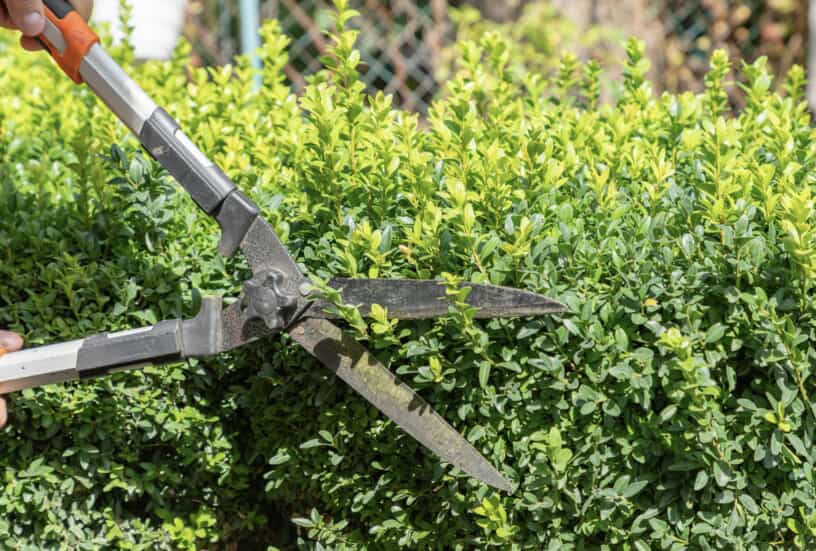
There are many different tools you can use to prune and shape your boxwoods, including: pruning shears, hedge shears, hedge trimmers, and loppers.
PEST ALERT!
The box tree moth (BTM) is an invasive pest that poses a significant threat to boxwoods in our area. This moth is native to East Asia but has since been introduced to Europe and North America, including Rochester. BTM first appeared in New York in 2021. It is believed that the moths were carried on a storm across the border in Ontario, Canada.
The caterpillar stage of the BTM can quickly cause significant damage on boxwoods. The caterpillars will defoliate entire boxwood plants in a matter of days. This can lead to rapid decline and even death if left untreated. Signs of a BTM infestation include chewed leaves that appear peeled or only having the midrib remaining which gives the leaves a skeletal look. You will also notice the presence of caterpillars and webbing throughout the shrub.
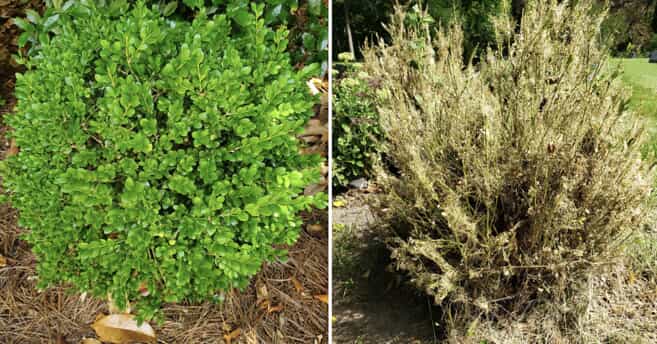
Above: A side by side comparison of a healthy boxwood before and after a BTM infestation.
Below: A BTM caterpillar feeding on a boxwood leaf.
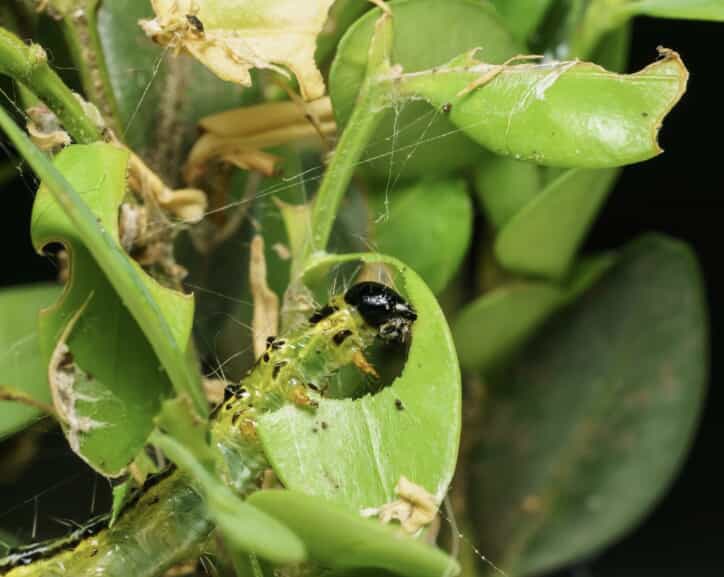
Monitoring and management of the BTM in Rochester and surrounding areas are essential to protecting boxwoods. If an infestation is suspected, contact a professional arborist for proper identification and management options. NYS Agriculture and Markets also has a reporting site to help monitor the spread [link below].
Despite ongoing efforts, there are still many unknowns about the long-term impact of the box tree moth. Further research is needed to better understand the moth's behavior, biology, and potential impacts on the local ecosystem and boxwood industry. Management of the box tree moth may require an integrated approach that combines cultural, chemical, and biological control strategies.
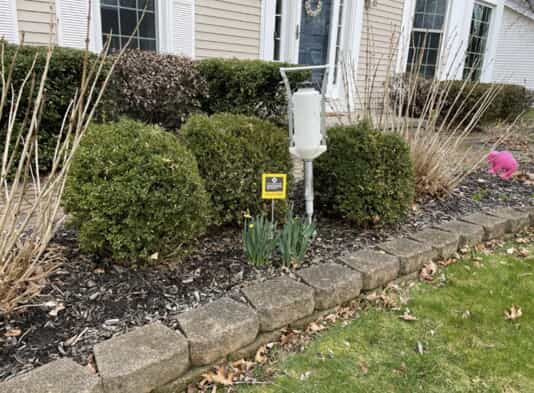
These boxwoods are being treated for pests using a soil systemic. The product is absorbed through the roots and carried through the vascular system of the shrub to the leaves. When a pest feeds on the leaves they will ingest the product.
Boxwoods are cherished for their elegant beauty, versatile uses, and the unique charm they bring to any landscape. As stewards of our environment, it's our responsibility to appreciate and care for these beloved plants, ensuring they thrive on our properties. By diligently monitoring for pests, like the box tree moth, and taking proactive steps to address any issues, we can continue to enjoy their beauty and gifts for generations to come.
Find out more:
Schedule a consultation with a Monster Arborist
U.S. Department of Ag. Animal and Plant Health Inspection Service: Box Tree Moth
Tree Highlight
Common boxwood
(Buxus sempervirens)
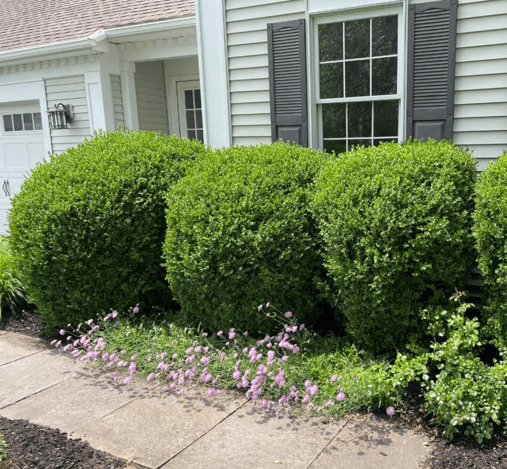
- Also called: European box, Boxwood, Common box
- Lifespan: In an urban environment you can enjoy at least 40 years with this shrub! Under the right care, boxwoods can thrive for several hundreds of years!
- ID features: Height- Kept as a shrub, you can expect somewhere between 5-15 feet. Boxwoods can grow up to 20-30 feet tall if given the space.
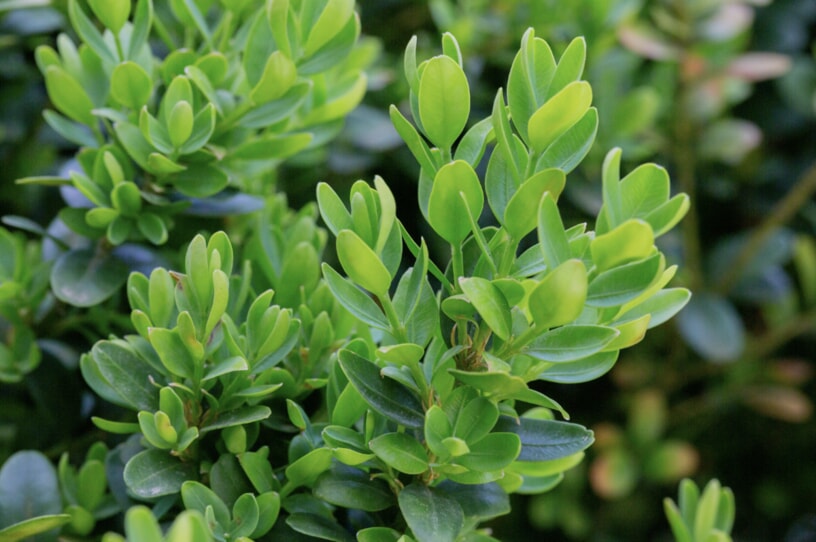
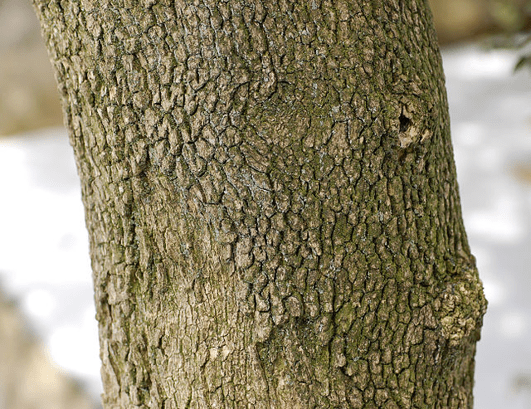
- Leaves - Small, oval or oblong, evergreen. The leaves are glossy, waxy, dark green on the upper surface and pale green underneath.
- Bark - The bark of young stems is greenish to reddish-brown and smooth. The bark of older stems and branches is gray to gray-brown, smooth, and becomes slightly furrowed with age.
- Flower - small, greenish-yellow, and typically not very showy.
- Fruit/Seed - A small three-lobed capsule. These capsules typically have a diameter of 6-8 mm. They contain 2-3 seeds each.
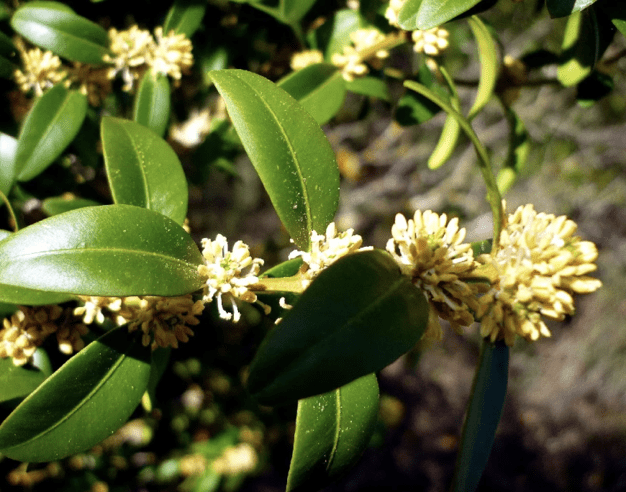
Need to know:
- Boxwoods are known for their slow growth, which makes them a low-maintenance option for landscaping and gardening.
- Boxwoods can thrive in both partial shade and full sun, making them adaptable to a range of conditions. However, they prefer well-draining soil and are susceptible to root rot if planted in waterlogged or poorly drained areas.
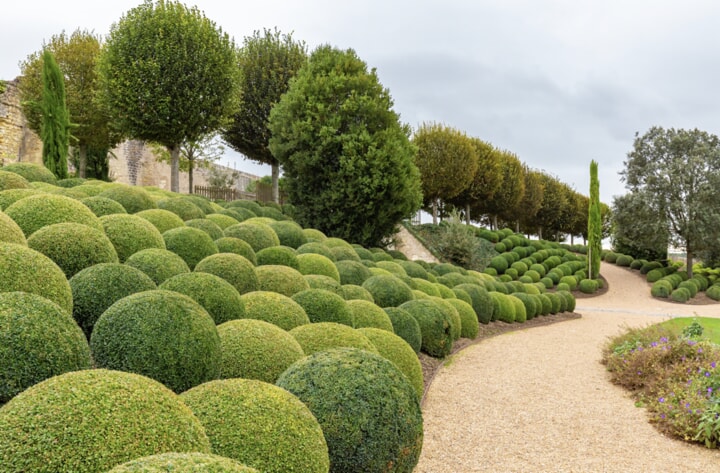
Fun facts:
- They can be grown as hedges for privacy or decorative borders or used as a standalone shrub in mixed garden beds.
- Boxwoods are a favorite plant for topiary, the art of trimming and shaping plants into ornamental shapes. Green Animals Topiary Garden in Rhode Island hosts some of the oldest topiary boxwoods in the United States.
- Some ancient boxwoods are believed to be over 1,000 years old.

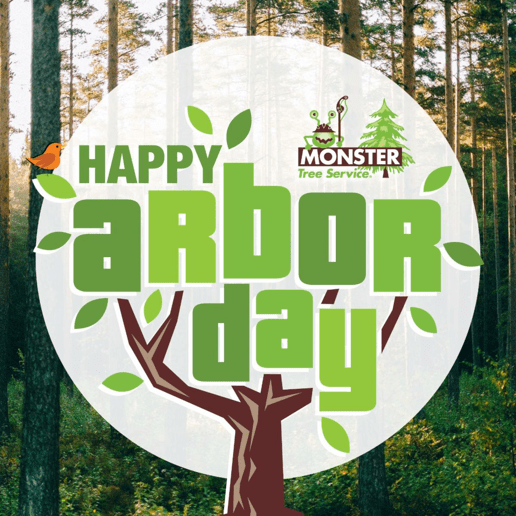
Don't leaf Earth Day and Arbor Day out of your plans! These two green holidays are just around the corner, and we're rooting for you to celebrate them. Earth Day falls on April 22nd, reminding us to cherish and protect our planet, while Arbor Day, celebrated on the last Friday of April, encourages us to plant trees and nurture our green spaces. So, branch out and show your love for the environment by participating in clean-up activities, planting trees, or simply spending time outdoors!
Ask the Arborist
ISA Certified Arborist: NY 6774A
NYSDEC 3A Certified Applicator: C8890526

Q: What are other boxwood pests I should be aware of?
A: Other boxwood pests that homeowners should be aware of include boxwood leafminer, boxwood mites, psyllids, and fungal pathogens like leaf spot and blight. These pests can cause varying degrees of damage to boxwoods and require different management strategies. Signs of boxwood leafminer infestation include brown, distorted leaves with tiny exit holes. You can identify boxwood mite damage by the stippling and discoloration on the undersides of leaves. Psyllids may lead to cupping and curling of foliage. Signs of fungal pathogens, like leaf spot and blight, include yellow to brown spots on leaves and dieback. Regular monitoring and preventive measures can help minimize the impact of pests on boxwoods.
Q: Are there non-living (abiotic) concerns with boxwoods?
A: There are a handful of non-living factors that can have negative impacts on your boxwoods. Prolonged exposure to high temperatures can cause leaf scorch, wilting, and even death. Boxwoods are relatively drought-tolerant once established but still require regular watering, especially during hot and dry periods. Chemical runoff from driveways (like carwash cleaners, oils, and salts) or other areas can also be harmful to boxwoods. The chemicals can leach into the soil and damage the roots. Properly directing runoff away from plants and avoiding the use of chemicals near them can help prevent this issue. Lastly, damage from mowers, trimmers, and other equipment can also be a concern. It can lead to wounds that provide access points for pests and diseases. It can also lead to a deformity in the structure.
Monster in the Neighborhood
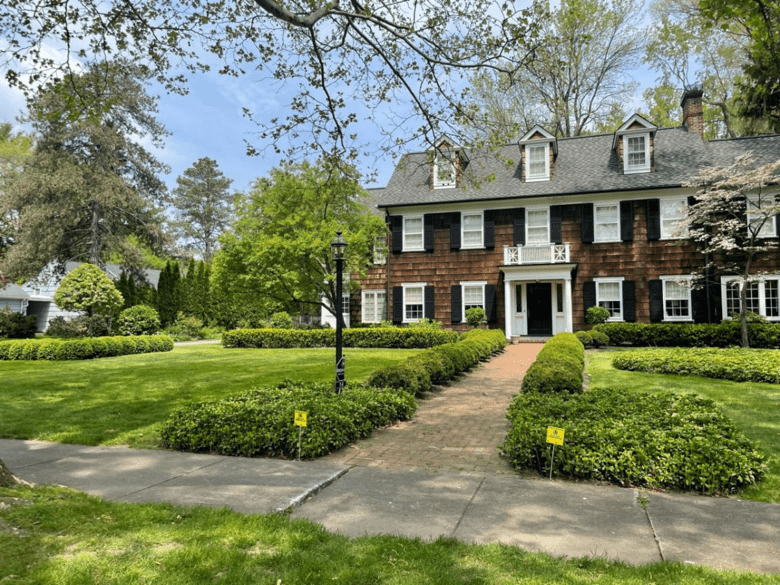
The New York State Department of Agriculture and Markets: Animal and Plant Health Inspection Serivices is currently overseeing the spread and management of box tree moth. They have asked the public to allow State and federal agricultural officials to visit your property for inspections if you have boxwoods. Report signs of box tree moth here.
Monster Fun
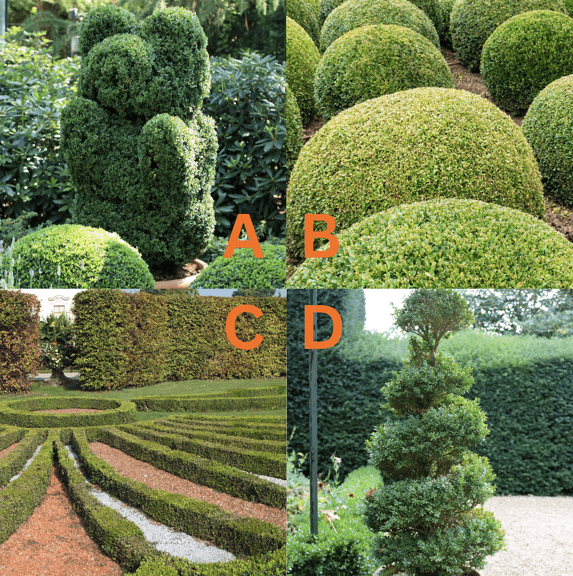
What is your favorite type of topiary design?
A. Animal
B. Sphere
C. Linear
D. Spiral
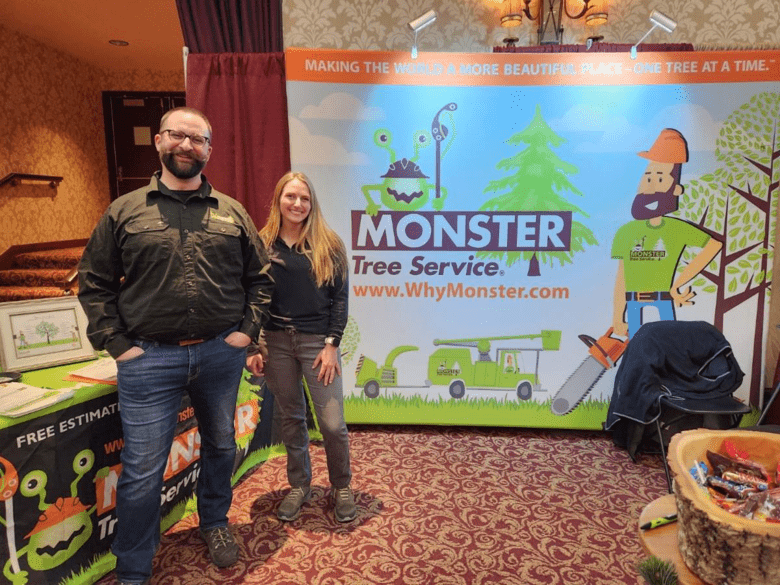
Thank you to everyone who visited our arborists at the Rochester Home and Garden Show in March. Two of our ISA Certified Arborists, Liz and Jason, enjoyed speaking with existing clients, meeting new people, and discussing tree care! We look forward to this event each year, as the timing of it marks the beginning of spring and everyone is excited to be getting back outdoors and enjoying their property. Although we complete pruning and removal projects year-round, our Plant Health Care program really ramps up as the end of this show. This home show is a great opportunity to educate Rochesterian homeowners about invasive and non-invasive pests that can negatively affect their trees, shrubs, and lawns. We look forward to the 2025 show!
